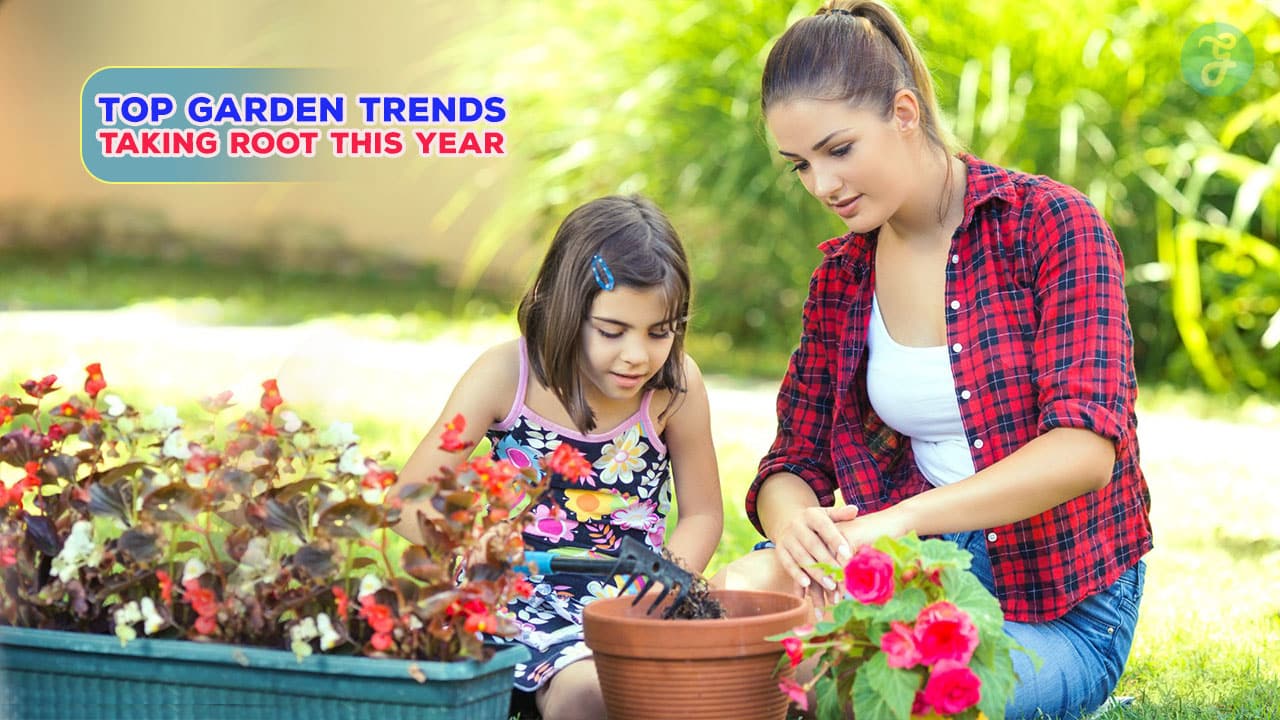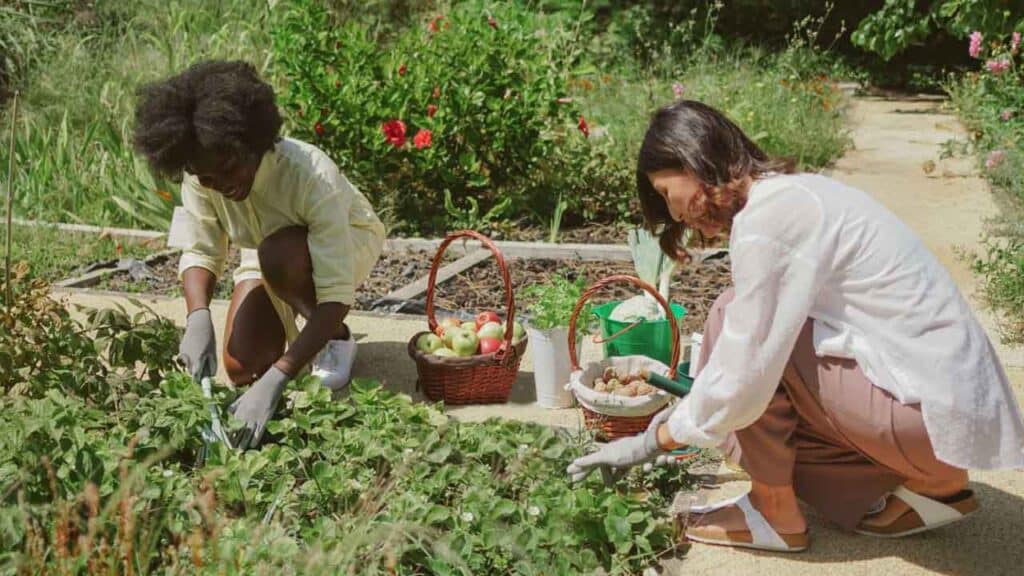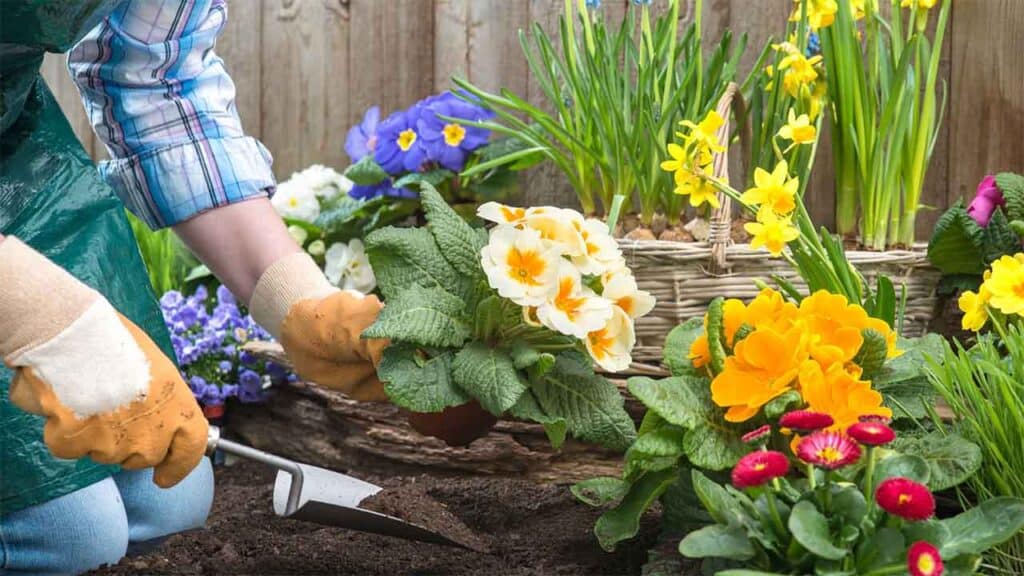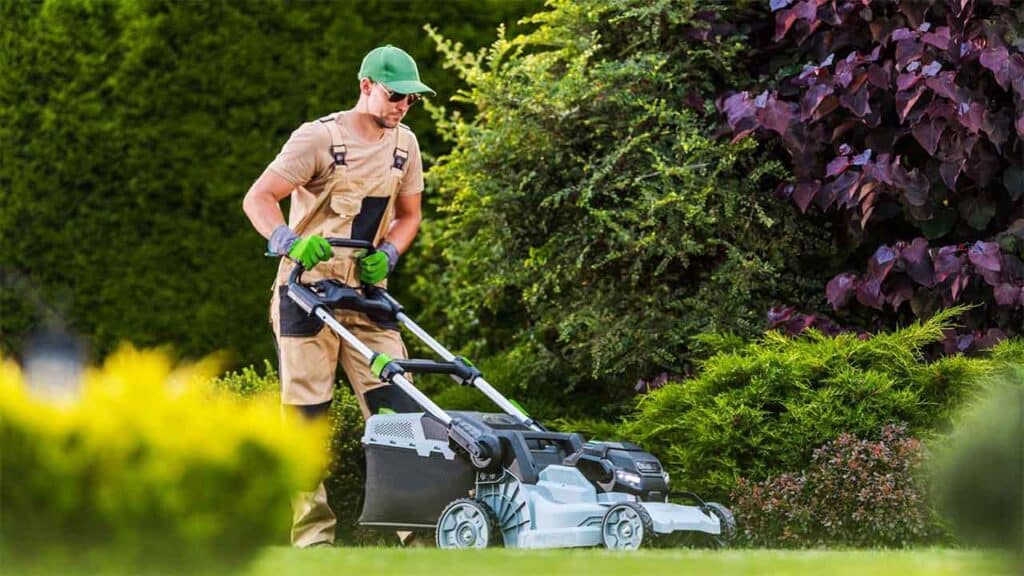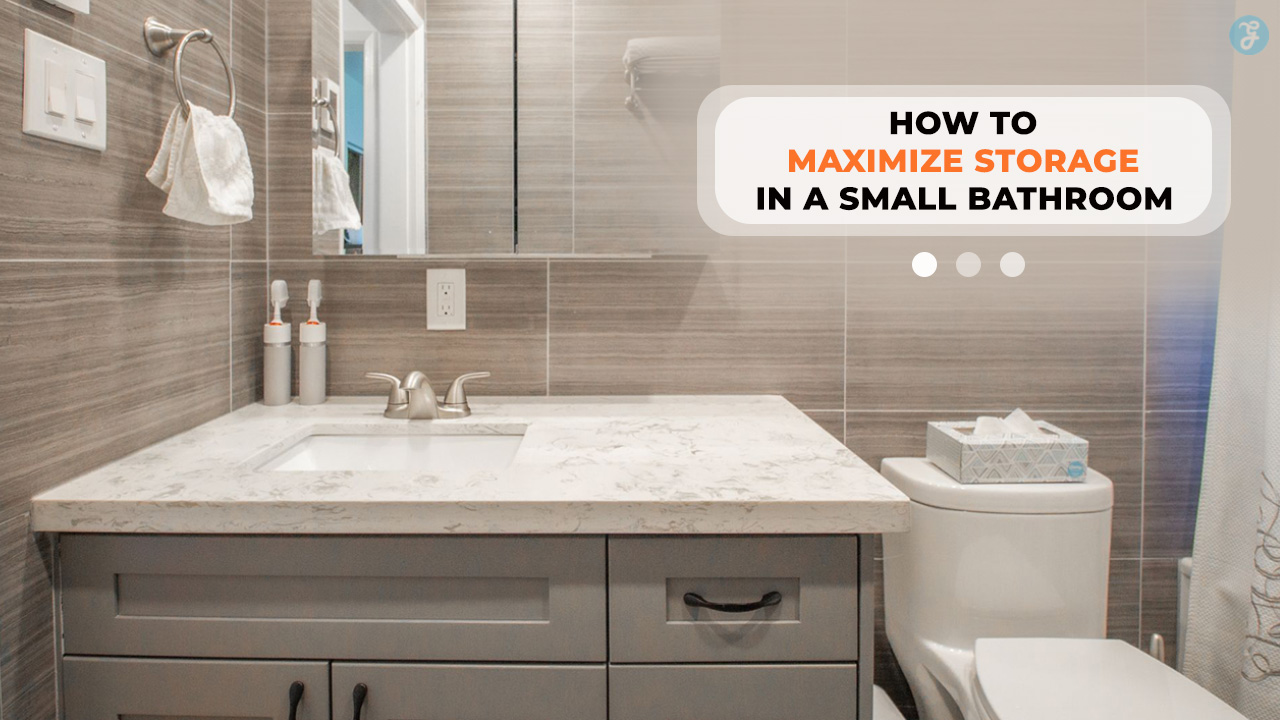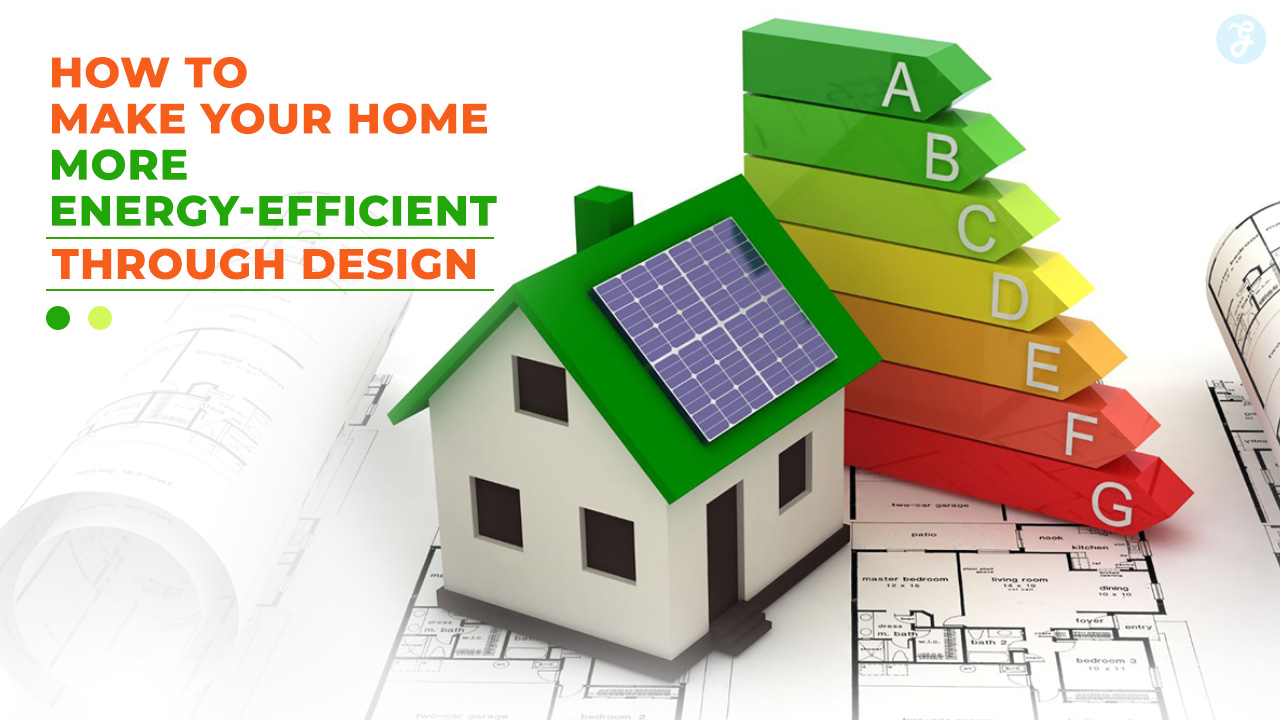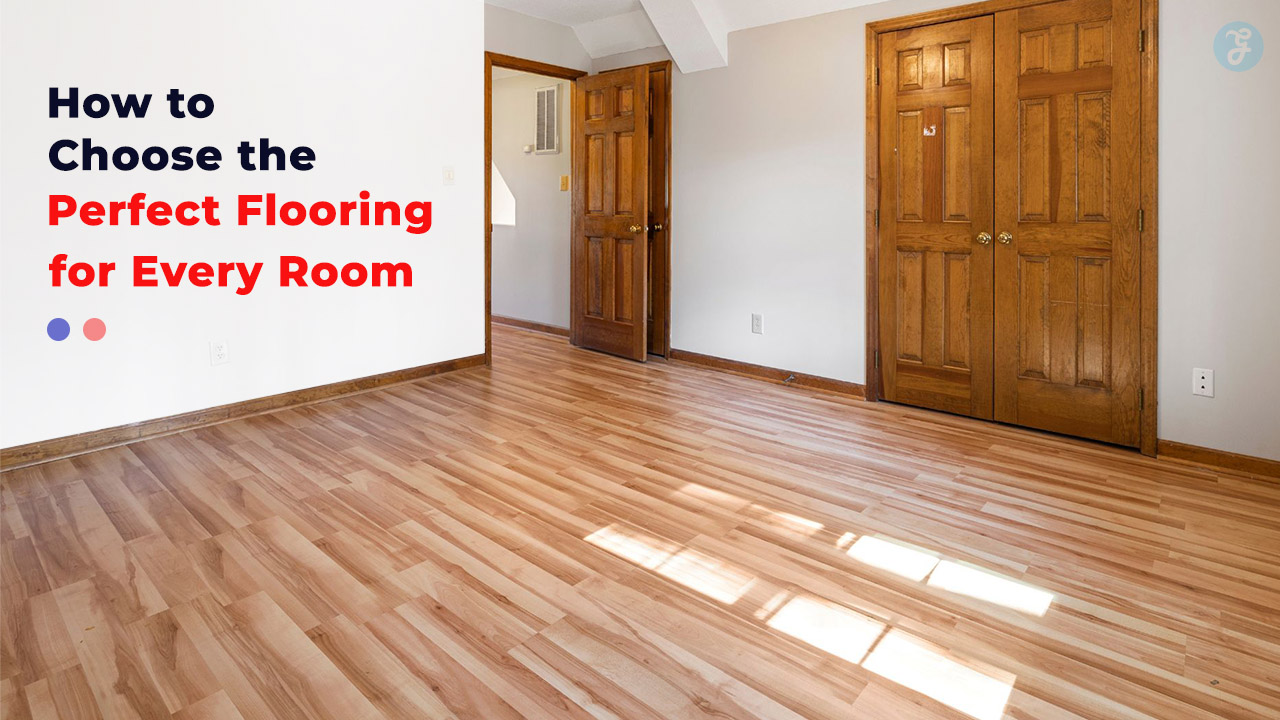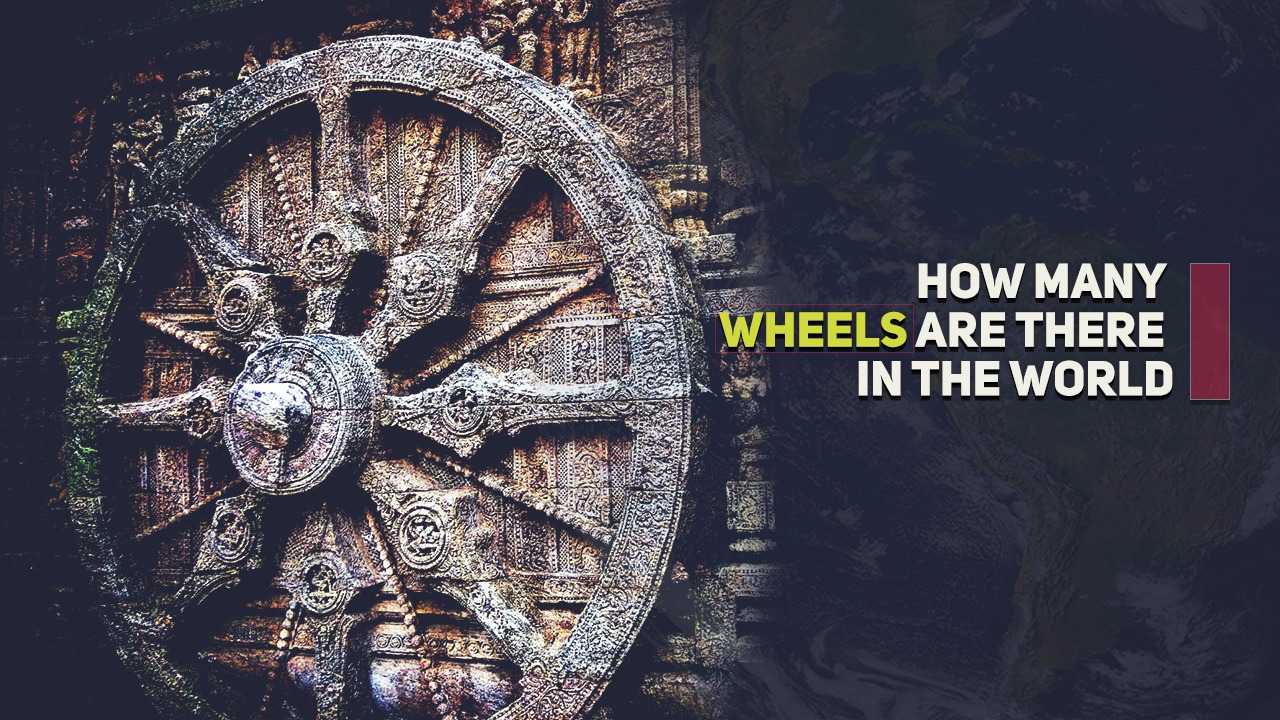Gardening trends are always changing. New ideas pop up each year. These fresh approaches make gardens more fun and useful. They help people grow better plants and enjoy their outdoor spaces more.
The top garden trends this year focus on eco-friendly methods and creative designs. You’ll find ideas that save water, help wildlife, and look great. From colorful flowers to smart tech, there’s something for every gardener. These trends can inspire you to try new things in your own yard or patio.
1. Vertical Gardening
Vertical gardening is taking off this year. It’s a smart way to grow plants when you don’t have much space.
You can use walls, fences, and trellises to grow plants upwards. This saves room in your yard or balcony.
Vertical gardens look great and can hold many types of plants. You can grow flowers, herbs, and even some veggies.
Special planters and pockets help make vertical gardens easy. You can attach these to walls or hang them from railings.
Climbing plants like beans and peas work well in vertical gardens. They naturally grow up supports.
Vertical gardens help keep plants off the ground. This can stop rot and pests from damaging your plants.
You can make a living wall by covering a whole surface with plants. This creates a stunning green backdrop.
Vertical gardens are perfect for small spaces, like apartments. They let you grow more in less area.
Many veggies can thrive in vertical gardens. Try growing tomatoes, cucumbers, or leafy greens upwards.
With vertical gardening, you can turn any bare wall into a lush, green space. It’s a trend that’s here to stay.
2. Smart Irrigation Systems
Smart irrigation systems are changing how people water their gardens. These high-tech setups use sensors and data to water plants more efficiently.
You can now control your garden’s watering from your phone. Smart systems check the weather and soil moisture. They only water when plants really need it.
These systems save water and money. They prevent overwatering, which can harm plants. You’ll see healthier plants and lower water bills.
Some smart systems learn your garden’s needs over time. They adjust watering schedules based on plant types and seasons. This means less work for you and better results.
You can set up zones in your garden with smart irrigation. Each zone gets the right amount of water. Flowers, vegetables, and lawns all have different needs.
Many smart systems connect to local weather stations. They skip watering when rain is coming. This stops waste and keeps your plants from getting too much water.
You’ll find smart irrigation easier to use than old sprinkler systems. Most have simple apps with clear instructions. You can make changes quickly, even when you’re away from home.
3. Native Plant Integration
Native plants are gaining popularity in gardens across the country. You’ll see more people choosing plants that naturally grow in their area. These plants are better for local ecosystems and need less care.
Why choose native plants? They’re adapted to your climate and soil. This means they need less water and fertilizer. They also attract local birds, bees, and butterflies to your garden.
Some popular native plants include coneflowers, black-eyed susans, and milkweed. These add color and life to your garden. You can find native plants at local nurseries or specialty garden centers.
Want to start small? Try adding a few native plants to your existing garden. Or create a native plant corner in your yard. You’ll soon see the benefits of working with nature.
Remember, native plants vary by region. What’s native in Texas might not be native in New York. Check with local gardening groups to find the best plants for your area.
By choosing native plants, you’re not just creating a beautiful garden. You’re also helping local wildlife and promoting biodiversity right in your backyard.
4. Wildlife-Friendly Gardens
Wildlife-friendly gardens are gaining popularity this year. Many gardeners want to create spaces that support local animals and insects.
You can start by planting native flowers and shrubs. These plants provide food and shelter for local wildlife. Think about adding bird feeders and baths, too.
Leaving some areas of your garden wild is another great idea. Long grass and fallen leaves give homes to small creatures. You might see more butterflies, bees, and birds visiting your garden.
Avoiding pesticides is important in wildlife gardens. These chemicals can harm helpful insects and animals. Instead, try natural pest control methods.
Creating a pond, even a small one, can attract frogs and dragonflies. Water features give animals a place to drink and cool off.
Remember to provide food sources year-round. Berry bushes and seed-bearing flowers help wildlife through winter months.
5. Hydroponic Vegetable Gardens
Hydroponic vegetable gardens are taking root as a top trend this year. You can grow veggies without soil using just water and nutrients. This method lets you have a garden even in small spaces.
Lettuce and basil are great choices for beginners. They grow fast and you can harvest them multiple times. You might be surprised to learn that root vegetables like carrots and onions also thrive in hydroponic systems.
Setting up your own hydroponic garden is easier than you might think. You’ll need a container for water, nutrients, an air pump, and growing trays. Cleanliness is key, so make sure to disinfect all parts regularly.
One big plus of hydroponics is the high yield. Hydroponic potatoes and carrots can produce up to 15 times more than those grown in soil. You have better control over nutrients, pH, and temperature, which helps plants grow better.
Rock wool is a popular growing medium for hydroponic gardens. It gives roots a good mix of water and oxygen. Remember to use the right amount of nutrients for healthy plant growth.
6. Pollinator Pathways
Pollinator Pathways are gaining popularity in gardens this year. These are areas designed to support bees, butterflies, and other pollinating creatures.
You can create your own Pollinator Pathway by planting native flowers and shrubs. These plants provide food and shelter for local wildlife.
The key is to avoid using pesticides in your garden. This helps keep the area safe for pollinators to thrive.
Even small spaces can be part of a Pollinator Pathway. You can add native plants to flower boxes or curb strips.
By joining this trend, you’re not just making your garden pretty. You’re also helping to boost biodiversity in your area.
Planting for pollinators is becoming more popular each year. More people are choosing plants that attract bees and butterflies.
You can start small with a few pollinator-friendly plants. Over time, you can expand your pathway to cover more of your garden.
Remember, Pollinator Pathways are more than just gardens. They’re a way to support local ecosystems right in your backyard.
7. Edible Landscaping
Edible landscaping is gaining popularity this year. It’s a way to grow food plants that look great in your yard. You can mix fruits, veggies, and herbs with flowers and shrubs.
This trend lets you have a pretty garden that’s also useful. You can pick fresh food right outside your door. It’s perfect if you want to eat healthier or save money on groceries.
Try planting cherry tomatoes in hanging baskets. They’ll look nice as they spill over the sides. You can also grow lettuce in containers near your house for easy salads.
Fruit trees are another good choice for edible landscaping. Apple, fig, and cherry trees can line your property. They give shade and tasty fruit.
Don’t forget about vining plants. Squash, melons, and passion fruit can cover fences or trellises. They add greenery and produce food at the same time.
Edible landscaping works in small spaces too. Even if you only have a tiny yard, you can still join this trend. Use vertical gardening or raised beds to make the most of your area.
8. Biodegradable Planters
Biodegradable planters are taking the gardening world by storm this year. These eco-friendly pots are made from materials that break down naturally over time.
You’ll find options made from peat, wood fiber, bamboo pulp, and even cow manure. Each type has its own unique benefits for your plants and the environment.
Peat pots are popular for starting seeds. They allow roots to grow through easily when you transplant your seedlings. Wood fiber pots last a bit longer and come in various sizes.
Bamboo pulp planters are sturdy and can last up to two years before breaking down. Cow manure pots, or “CowPots,” add nutrients to the soil as they decompose.
When using biodegradable pots, make sure to cut slits in the sides before planting. This helps roots grow out more easily. You can plant the whole pot directly in the ground or compost bin.
These planters reduce plastic waste and are perfect for eco-conscious gardeners. They’re great for both indoor and outdoor use, making them versatile for all your gardening needs.
Try mixing different types of biodegradable pots in your garden this year. You’ll be helping the environment while giving your plants a healthy start.
9. Sustainable Composting
Composting is taking off in gardens everywhere. It’s a simple way to turn kitchen scraps and yard waste into rich soil. You can start composting at home with just a bin and some organic matter.
Many gardeners are choosing compost over chemical fertilizers. It’s better for the environment and your plants. Compost adds nutrients to the soil and helps retain moisture.
There are new composting methods that are gaining popularity. Some people use worm bins to speed up the process. Others try bokashi, a fermentation technique from Japan.
Cities are getting on board too. More towns are offering curbside compost pickup. This makes it easier for everyone to reduce waste.
Compost can save you money on fertilizers and mulch. It also cuts down on what goes to landfills. That’s good news for the planet.
You can use compost in many ways. Mix it into garden beds, spread it on lawns, or use it to feed potted plants. It’s versatile and effective.
Sustainable composting is more than a trend. It’s becoming a key part of eco-friendly gardening. By composting, you’re helping create healthier soil and a greener future.
10. No-Dig Gardening
No-dig gardening is taking root as a top trend this year. This method skips the traditional digging and tilling of soil. Instead, you add layers of organic matter on top of the ground.
To start a no-dig garden, you first mow the area very short. Then you cover it with cardboard or newspaper. This smothers weeds and grass underneath.
Next, you pile on layers of compost, mulch, and other organic materials. These break down over time, feeding the soil naturally. Plants grow directly in these layers.
No-dig gardening has many benefits. It’s easier on your back and saves time. It also protects soil structure and helpful organisms living there.
This method works well for both new and existing garden beds. It’s great for growing vegetables, herbs, and flowers. You can even use it for raised beds.
No-dig gardens need less watering. The layers of organic matter hold moisture better than bare soil. They also suppress weeds, so you’ll spend less time pulling them.
As the layers break down, they improve soil health. This leads to stronger plants that resist pests and diseases better. It’s a win for you and the environment.
Eco-Friendly Gardening
Eco-friendly gardening is gaining popularity. Gardeners are using green methods to grow plants and care for their yards. This approach helps the environment and saves money.
Sustainable Practices
You can start eco-friendly gardening with simple steps. Use a rain barrel to collect water for your plants. This saves tap water and cuts your water bill. Compost kitchen scraps and yard waste to make free, rich soil. Plant native species that need less water and care. They also attract local wildlife.
Try natural pest control methods. Plant marigolds to keep bugs away. Use soap spray to fight aphids. These tricks avoid harmful chemicals. Create a rain garden to manage runoff. It helps clean water and prevent flooding.
Organic Materials
Choose organic fertilizers and mulch for your garden. They break down slowly, feeding plants over time. Avoid chemical fertilizers that can harm soil and water. Use coconut coir instead of peat moss. It’s a renewable resource that holds water well.
Pick organic seeds and plants when possible. They’re grown without synthetic pesticides. Use biodegradable pots made from paper or coconut fiber. You can plant these directly in the ground. They break down and feed the soil. Try natural weed barriers like newspaper or cardboard under mulch. They work well and decompose over time.
Urban Gardening
Urban gardening brings nature to city spaces. It lets people grow plants in small areas. You can make the most of limited space with smart techniques.
Vertical Gardens
Vertical gardens are perfect for small spaces. You can grow plants up walls or on special structures. This saves floor space. Many plants work well in vertical gardens:
- Herbs like basil and mint
- Leafy greens such as lettuce and spinach
- Succulents for a low-maintenance option
Hanging planters and pocket gardens are easy ways to start. You can buy ready-made systems or build your own. Vertical gardens also help cool buildings and clean the air.
Balcony and Rooftop Gardens
Balconies and rooftops offer great spots for urban gardens. You can grow a mix of plants in containers. Think about:
- Dwarf fruit trees in pots
- Tomatoes and peppers in grow bags
- Flowers for color and to attract bees
Use lightweight soil to avoid overloading structures. Pick plants that match your sun and wind conditions. Self-watering containers help when you’re busy. Rooftop gardens can even grow vegetables for local restaurants.
Technological Integration
Gardens are getting smarter. New technology is changing how we grow plants and care for our outdoor spaces. Let’s look at two key areas where technology is making a big impact.
Smart Irrigation Systems
Smart watering systems are changing the game for gardeners. These devices connect to your phone and check the weather. They know when it’s going to rain, so they don’t water unnecessarily.
Some systems can tell how moist the soil is. They only water when plants really need it. This saves water and keeps your plants healthy.
You can control these systems from anywhere. Going on vacation? No problem. Your garden will still get the right amount of water.
Many smart systems can water different parts of your garden separately. This is great if you have plants with different needs.
Automated Gardening Tools
Robot lawnmowers are becoming more common. They keep your lawn trim without you lifting a finger. You can set a schedule, and they’ll do the work for you.
Soil sensors are another cool tool. They tell you what’s in your soil and what it needs. This helps you give your plants the right care.
Some companies are making smart planters. These pots can water your plants automatically. They also track light levels and tell you if your plant needs to be moved.
There are even apps that can identify plants and pests. Just take a picture, and the app tells you what you’re looking at. It’s like having a plant expert in your pocket.
Final Thoughts
As the world embraces more sustainable and innovative practices, gardening too has seen a transformation that reflects these values.
The top garden trends of the year demonstrate a commitment to eco-friendly living, smart technology integration, and creative design solutions that make gardening more accessible and beneficial to both people and the planet.
Whether you’re implementing a vertical garden in a small space, using smart irrigation to conserve water, or integrating native plants to support local wildlife, these trends offer a way to connect more deeply with nature.
As these trends take root, they pave the way for a future where gardens are not just beautiful retreats, but also integral parts of sustainable living.


